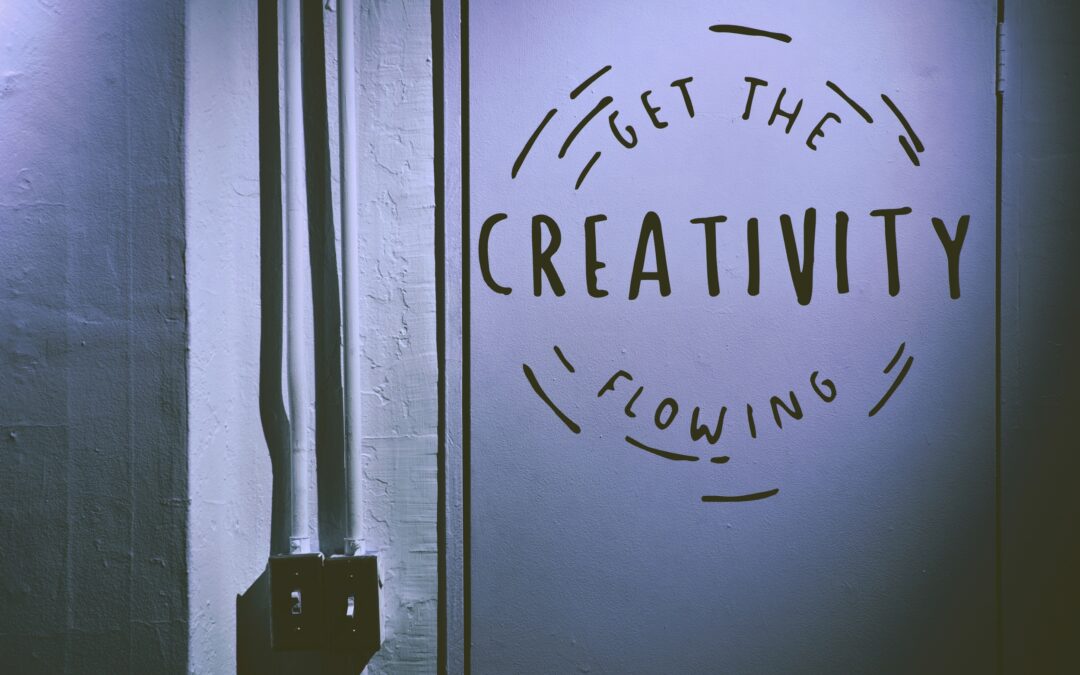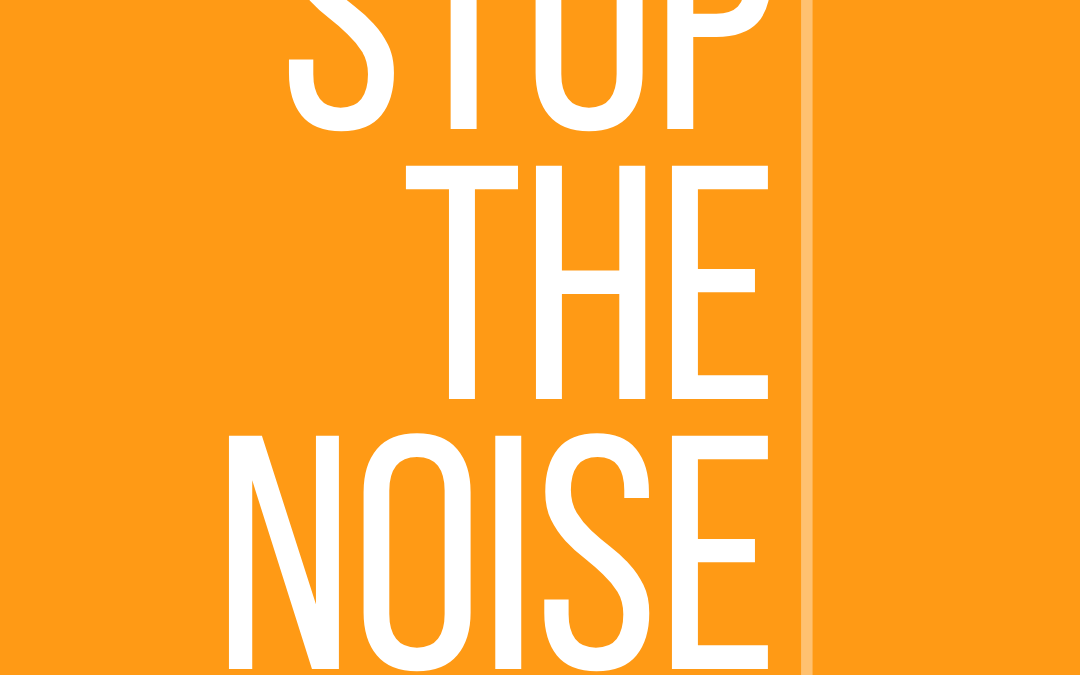
by Robyn Bolton | Oct 11, 2022 | Customer Centricity, Innovation, Tips, Tricks, & Tools
Q: How might we brainstorm new ideas to serve our customers better?
A: Have a brainstorming session that starts with “How Might We help customers [Job to be Done/problem]?”
If only it were that simple.
How Might We (HMW) is an incredible tool (not BS, as some would assert), but we misuse it. We focus too much on the “we” and not enough on the “might.”
Might > We
HMW was first used to prompt people to be “wildly creative while simultaneously leveraging [company’s] innate strengths.”
IDEO popularized the prompt as a way to solve “wicked problems” – problems so complex that there is no right or wrong answer.
In both of these cases, the assumption was that the word “might” would free people from the shackles of today’s thinking and constraints and give people permission to dream without fear of judgment and reality.
“We” kept ideas tethered to the reality of the company’s “innate strengths,” providing a modicum of comfort to executives worried that the session wouldn’t result in anything useful and would, therefore, be a waste of time.
We > Might
Alas, as time went on and HMW became more popular, we lost sight of its intent (prompt wildly creative thinking about wicked problems) and twisted it to our purposes.
- We end the HMW sentence with our problems (e.g., HMW cut costs by getting more customers to use self-service tools?).
- We use it to brainstorm solutions to things that aren’t even problems (e.g., HMW eliminate all customer service options that aren’t self-serve?)
- We mentally replace “might” with “will” so we can emerge from brainstorming sessions with a tactical implementation plan.
How Might Can YOU Fix HMW?
If you’re not getting creative, radical, or unexpected ideas from your brainstorming sessions, you have an HMW problem.
As a result, continuing to use HMW as a tool to prompt creative, radical, or unexpected ideas is the definition of insanity. And you are not insane,
Instead, mix it up.
Use different words to articulate the original intent of HMW.
How would we solve this problem if the answer to every request is YES?
Innovation thrives within constraints. Brainstorming doesn’t.
Even when you tell people not to constrain themselves, even implore them to value “quantity over quality,” you still get more “safe” ideas rather than more “crazy” ideas.
Do more than tell. Make a world without constraints real. Explicitly remove all the constraints people throw at ideas by creating a world of infinite money, people, capabilities, willingness, appetite for risk, and executive support. Doing this removes the dreaded “but” because there is no “but we don’t have the money/people/capabilities” or “but management will never go for it” and creates space for “and.”
What would we ask for if we were guaranteed a YES to only ONE request?
This question is often asked at the end of a brainstorm to prioritize ideas. But it’s equally helpful to ask it at the beginning.
This question shifts our mindset from “the bosses will never say yes, so I won’t even mention it” to “the bosses will say yes to only one thing, so it better be great!” It pulls people off the sidelines and reveals what people believe to be the most critical element of a solution. It drives passionate engagement amongst the whole team and acts as a springboard to the next brainstorm – How Might We use (what they said yes to) to solve (customers’ Jobs to be Done/problem)?
How would we solve the problem if the answer to every request is NO?
This one is a bit risky.
Some people will throw their hands in the air, declare the exercise a waste of time and effort, and collapse into a demotivated blob of resignation.
Some people will feel free. As Seth Godin wrote about a journal that promises to reject every single person who submits an article, “The absurdity of it is the point. Submitting to them feels effortless and without a lot of drama, because you know you’re going to get rejected. So instead of becoming attached to the outcome, you can simply focus on the work.”
For others, this will summon their inner rebel, the part of themselves that wants to stick it to the man, prove the doubters wrong, and unleash a great “I told you so” upon the world. To them, “No” is the start of the conversation, not the end. It fires them up to do their best work.
Don’t invite the first group of people to the brainstorm.
Definitely invite the other two groups.
How Might Will/Do YOU Fix HMW?
If you want something different, you need to do something different.
Start your next brainstorm with a new variation on the old HMW prompt.
How do people react? Does it lead to more creative or more “safe” ideas?
How might we adjust to do even better next time?

by Robyn Bolton | Dec 30, 2020 | Innovation, Tips, Tricks, & Tools
According to a 2018 survey by NPR and The Marist Poll, the most common New Year’s resolution is to exercise more. Not surprisingly, losing weight and eating a more healthy diet ranked third and further, respectively (“stop smoking” was #2, in case you’re curious).
Hitting the gym to drop weight and build muscle is a great habit to build, but don’t forget about the regular work needed to build other muscles.
Specifically, your innovation muscles.
Innovation mindsets, skills, and behaviors can be learned but if you don’t continuously use them, like muscles, they can weaken and atrophy. That’s why it’s important to create opportunities to flex them.
One of the tools I use with clients who are committed to building innovation as a capability, rather than scheduling it as an event, is QMWD – the Quarterly-Monthly-Weekly-Daily practices required to build and sustain innovation as a habit.
QUARTERLY
Leave the office and talk to at least 3 of your customers
It’s tempting to rely on survey results, research reports, and listening in on customer service calls as a means to understand what your customers truly think and feel. But there’s incredible (and unintended) bias in those results.
Take, for example, this story from former P&G CEO AG Lafley:
One very quick story; I will never forget this. We used to do annual research in the laundry detergent business, and every year consumers would rate the Tide powder cardboard package as excellent; excellent to shop; excellent for opening; excellent in use–on, on, on.
So, probably 27 or 30 years ago, I’m in basements in Tennessee, in Kentucky, doing loads of laundry with women, and after three or four or five of these one-on-one sessions, I’ve realized that not a single woman has opened a box of Tide with her hand. Why not? You’ll break your fingernails!
So, how did they open the box? They had nail files; they had screwdrivers; they had all kinds of things sitting down on the shelf over their washing machine, and yet they thought our package was excellent. And we thought our package was excellent because they were telling us our package was excellent. We had to see it and experience it.
Here’s the problem–consumers cannot really tell us what they want. They can tell you why they like it or why they don’t like it, but they cannot tell you what they want.
Schedule a day each quarter to get out of the office and meet your customers. Ask them what they like and what they don’t. More importantly, watch them use your products and then share what you heard and saw with your colleagues.
MONTHLY
Share with your team a mistake you made and what you learned from it
Silicon Valley mantras like “fail fast” and “fail often” make for great office décor but, let’s be honest, no one likes to fail and very few companies reward it.
Instead of repeating these slogans, reframe them to “learn fast and learn often” and role model the behavior by sharing what you learned from things you did that didn’t go as expected. You’ll build a culture of psychological safety, make smart risks acceptable, and increase your team’s resilience. All things required to innovate in a sustainable, repeatable, and predictable manner.
Do 1 thing just for the fun of it.
In the research that fed into their book, The Innovator’s DNA, professors Jeff Dyer, Hal Gregersen, and Clayton Christensen, found that the most common characteristic amongst the great innovators of our time was their ability to associate – “to make surprising connections across areas of knowledge, industries, even geographies” (page 41). Importantly, their associative thinking skills were fed by one or more “Discovery Skills” – questioning (asking “why,” “why not,” and “what if”), observing, experimenting, and networking.
Fuel your associative thinking ability by doing something NOT related to your job or other obligations. Do something simply because it interests you. You might be surprised where it takes you. After all, Steve Jobs studied calligraphy, meditation, and car design and used all of those experiences in his “day job.”
WEEKLY
Make 1 small change for 1 day
Innovation requires change and, if you’re an innovator, that’s the exciting part. But most people struggle with change, a fact that can be frustrating for change agents.
In order to lead people through change, you need to empathize with them and their struggles which is why you need to create regular moments of change in your work and life. One day each week, make a conscious change – sit on the other side of the conference room table, take a different route to the bathroom, use a black pen instead of a blue one. Even small changes like this can be a bit annoying and they’ll remind you that change isn’t always the fun adventure you think it is.
DAILY
Ask “How can we do this better?”
Innovation is something different that creates value. Which is good news because that means that all it takes to be an Innovator is to DO something DIFFERENT and create VALUE. The easiest way to do that is to find opportunities for improvement.
The next time you’re frustrated with or confused by a process, ask “how can we do this better?” Better can be more simply, faster, cheaper, or even in a way that is more enjoyable but, whatever it means, the answer will point the way to creating value for you, your team, and maybe even your company.
In closing…
Block time on your calendar for these quarterly, monthly, weekly, and daily habits. After all, the best reflection of your priorities are the things in your calendar. And, if you stick with this, you’ll be among the 8% who achieve their New Year’s goals.
Originally published on December 5, 2019 on Forbes.com




